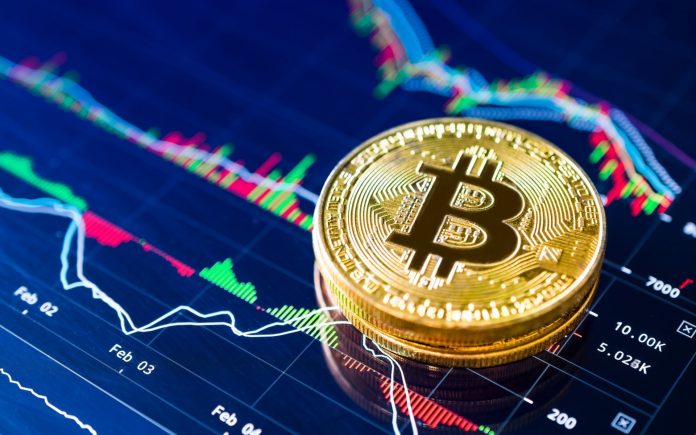The halving is here, and Bitcoin speculators are buzzing.
Will it cause another crypto boom? Or, will Bitcoin simply stall once again, unbothered by what many analysts see as a “make-or-break” moment for the world’s most popular digital currency.
The halving itself, which boils down to an “update” to the digital ledger (blockchain) that logs all Bitcoin transactions, will cut all Bitcoin miner rewards in half. In addition, Bitcoin’s inflation rate and the rate at which new Bitcoins enter circulation will also be halved.
Miners – the folks who process Bitcoin transactions with specialized computers – were previously earning 12.5 Bitcoin per “block” mined. The halving should happen today at roughly 19:50 UTC and that reward will be reduced to 6.25 Bitcoin.
There have been two prior halvings already, and before the last one, the block reward sat at 25 Bitcoin. Before that, it was 50.
Halvings come around approximately every four years and were included in Bitcoin’s design to limit inflation. There’s no central bank to manage the supply of Bitcoin, so automated halving measures are necessary to keep inflation in check. Moreover, there will never be more than 21 million Bitcoin, making it a scarce asset (or currency, depending on your view of it).
The U.S. dollar, by comparison, is decidedly un-scarce. In response to the coronavirus pandemic, the Federal Reserve is printing cash at unprecedented levels. Businesses are being bailed out en masse. Many of them aren’t expected to pay back those government stipends.
Worse yet, more stimulus is expected. Gold bulls are saying this could lead to hyperinflation, devaluing the dollar and putting America’s long-term economic prosperity at risk. They said the same thing in 2008-2009. And though inflation did rise, it didn’t create the doomsday scenario some were grimly hoping for.
Approximately $800 billion was dished-out via the American Recovery and Reinvestment Act of 2009 (ARRA). Today’s bailout dwarfs ARRA, totaling $2 trillion. That’s an increase of 150% provided that more cash isn’t distributed in the future.
Leading up to the halving, billionaire investor and hedge fund manager Paul Tudor Jones said that Bitcoin, not gold, might be the best hedge against inflation amid the COVID-19 outbreak.
“The best profit-maximizing strategy is to own the fastest horse,” he said in a Friday note on inflation. Last year, Jones accurately predicted a gold run-up that sent bullion to $1,700 per oz.
Now, he’s keen on Bitcoin. This morning Jones said as much in an interview on CNBC’s “Squawk Box.”
“It’s a great speculation,” he said, arguing that Wall Street could be witnessing the “birthing of a store of value” not too different from gold.
“Every day that goes by that Bitcoin survives, the trust in it will go up,” Jones added.
“When I think of Bitcoin, look at it as one tiny part of a portfolio. It may end up being the best performer of all of them, I kind of think it might be,” he said.
“But I’m very conservative. I’m going to keep a tiny percent of my assets in it and that’s it,” Jones cautioned.
“It has not stood the test of time, for instance, the way gold has.”
For now, Jones says he has “just over 1%” or “maybe almost 2%” of his assets in Bitcoin.
If crypto’s top currency “stands the test of time,” like Jones said it has failed to do thus far, the results could tremendous for investors. Predictive models have Bitcoin hitting over $70,000 per coin by late 2022. Following the prior halvings, it’s taken roughly 2 years for Bitcoin to reach a speculative peak.
The next one, based on past performance, could be the biggest yet.
Does that mean Bitcoin will usurp gold any time soon as a store of value? Maybe not, but anyone who missed out on “pre-halving” Bitcoin might be kicking themselves as it crests new all-time highs in the years to come.








